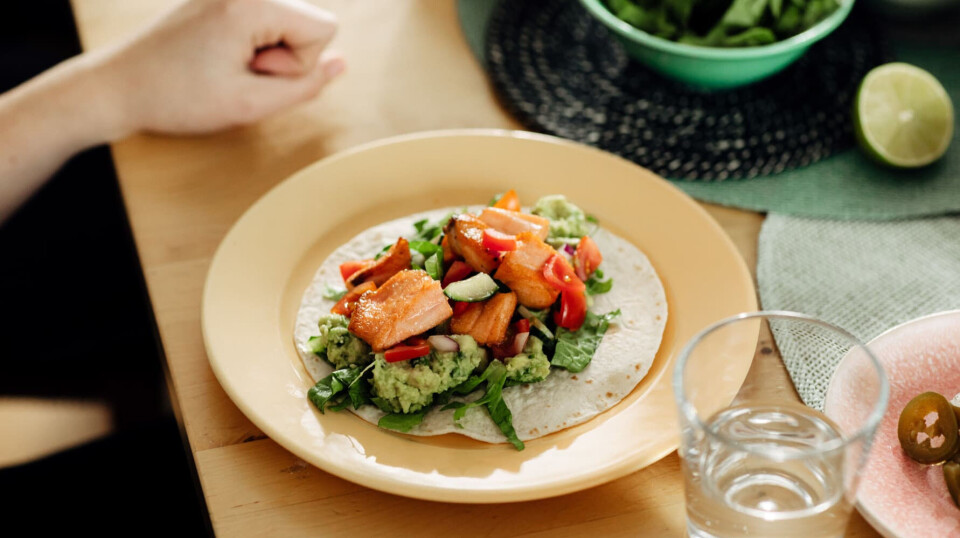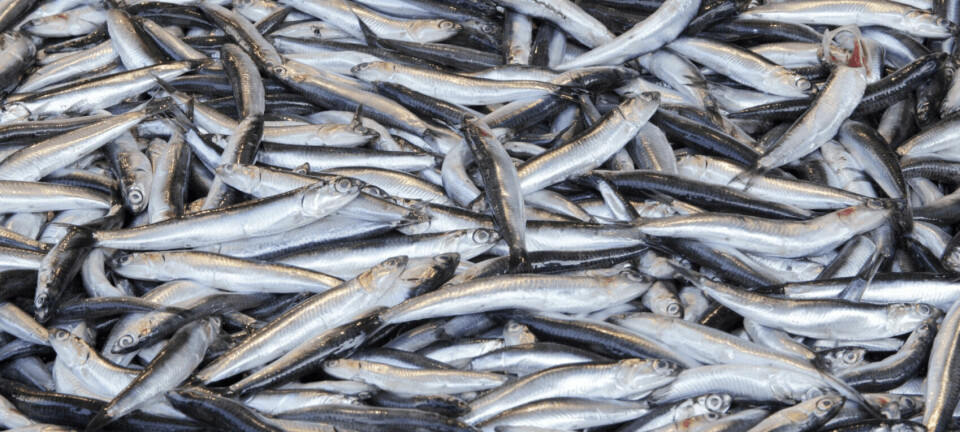
Norway salmon exports were worth 24% more in first quarter
Weaker currency and price inflation pushed the numbers up despite lower volume from world’s largest producer
The value of salmon exported from Norway in the first quarter of this year increased by NOK 5.6 billion (£433 million) compared to the same period in 2022, the Norwegian Seafood Council (NSC) said today.
Norway earned NOK 28.8 bn – 24% more than in Q1 2022 – even though the export volume of salmon fell by 6% year on year to 263,600 tonnes.
Poland, where salmon is processed for re-export, the United States, and France were the biggest markets in Q1.
Exports to the US saw the largest increase in value in the quarter, with an increase in export value of NOK 988 m, or 53%, compared to the same quarter last year.
Export volume to the US ended at 19,000 tonnes, which is 18% higher than in Q1 2022.
Strong dollar
“A weakening global supply of salmon, and growth in demand coupled with a strong dollar are the explanations for the explosive growth in our exports to the US,” said NSC seafood analyst Paul Aandahl.
There is still a shift in salmon consumption in the US towards increased restaurant consumption after Covid, while home consumption also remains at a high level.

“For home consumption, we are seeing a shift towards more processed products, such as ready meals. Poke bowl is a menu concept that has seen strong growth in recent years,” said Aandahl.
In the first quarter, fresh salmon fillets achieved record prices at NOK 148 per kg. This is NOK 23 higher than the previous record quarter, which was in the second quarter of 2022.
Fresh whole salmon also set record price highs at NOK 105 per kg. This is NOK 7 higher than the previous record quarter, which was also in the second quarter of 2022.
Exports of Norwegian salmon in March amounted to 93,700 tonnes worth NOK 11.3 bn. The value increased by NOK 2.9 bn, or 34%, compared to March last year. The volume fell by 4%
Trout exports
Trout has fared similarly to salmon. Norway exported 10,200 tonnes of trout worth NOK 1.1 bn in Q1 2023. The export value increased by NOK 169 m, (18%), compared to the same period last year, despite export volume falling by 12%.
The US, Thailand and Lithuania were the biggest markets.
The price of fresh trout fillets reached historic highs, at NOK 143 per kg. This is NOK 7 higher than the previous record quarter, which was in the fourth quarter of 2022.
Fresh whole trout also reached a record price high at NOK 108 per kg. This is NOK 8 higher than the previous record quarter, which was in the second quarter of 2022.
Norway exported 4,100 tonnes of trout worth NOK 480 m in March.
The value of trout exports increased by NOK 200 m (71%), compared to March last year. Trout exports grew in volume by 27%.
NOK 41.4bn in seafood exports
Overall, Norway exported NOK 41.4 bn worth of farmed and caught seafood in Q1 2023. This is an increase of NOK 7.4 bn (22%) compared to the same period last year.
“A significantly weaker Norwegian krone and price growth in the markets for species such as salmon, cod, trout, pollock and herring is the main explanation for the growth. This led, among other things, to the export value in March being the highest ever in a single month,” said NSC managing director Christian Chramer.

When we look behind the numbers, the picture is not so positive
NSC MD Christian Chramer
“Many value records have been set in the first quarter, for example for salmon and in the whitefish category, but when we look behind the numbers, the picture is not so positive. Strong food inflation and the weak krone explain a large part of the increase in value, and in addition the export volume of cod and salmon is falling, which helps to raise prices.”
The weak krone was the main reason for lifting the export value by around NOK 3 bn in the first quarter, while increased prices in the markets contributed NOK 6 bn. The fall in volume, reduced the export value by around NOK 1.8 bn.
“World trade will also be affected in 2023 by war and turmoil in the world economy, so we are still living in challenging times. This is felt keenly in the markets, where consumers are now experiencing that their purchasing power has been substantially weakened,” said Chramer.
Fisheries minister Bjørnar Skjæran, a member of the centre-left government planning to slap a 35% extra tax on salmonid farmers, said: “I am satisfied that seafood from Norway continues to be popular around the world. Norwegian seafood is sustainable and a good food choice for people of all ages and countries.”




















































